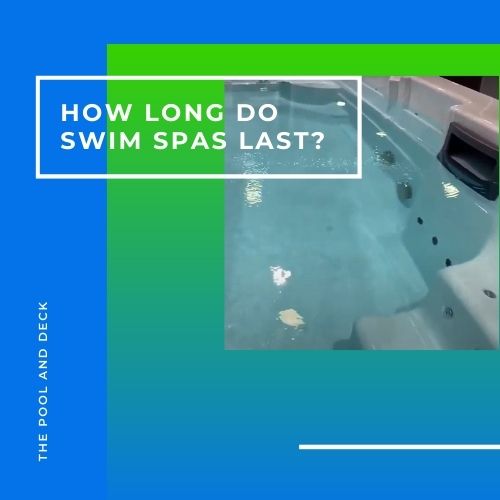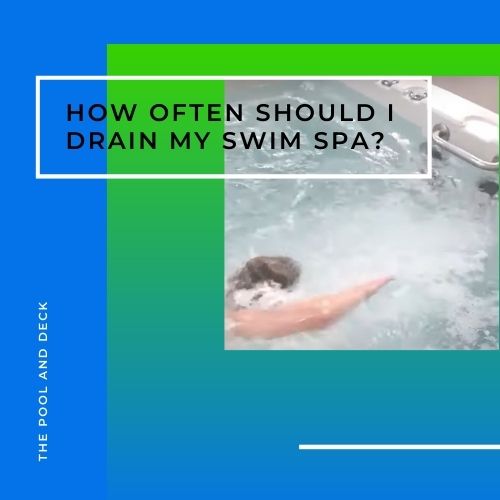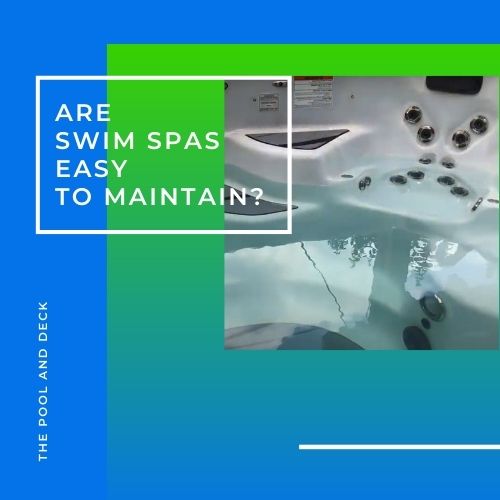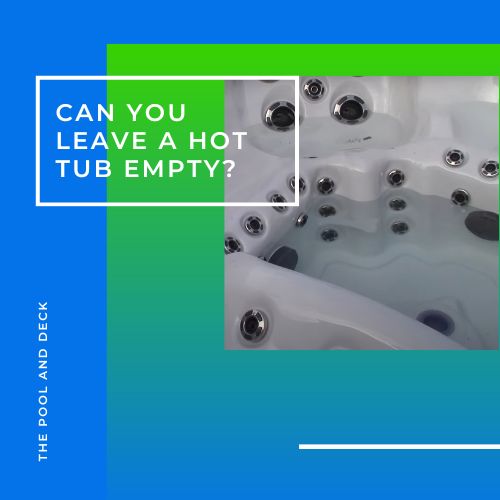How Often Should I Shock My Swim Spa? (Super Helpful Guide!)
thepoolanddeck.com is a participant in the Amazon Services LLC Associates Program, an affiliate advertising program designed to provide a means for sites to earn advertising fees by advertising and linking to Amazon.com . The website is also an affiliate of a few other brands. The affiliate links never increase your purchase price. We do appreciate your support. Thank you very much!
Table of Contents
How Often Should I Shock My Swim Spa?
If you are the proud owner of a swim spa, then I am sure you are enjoying all the benefits that a swim spa brings. However, a swim spa is a great place for swimming, hydrotherapy and general relaxation, only if it is completely clean and fully sanitized. Shocking your swim spa will certainly ensure sanitization. But how often should you shock your swim spa?
Most experts agree that a swim spa, just like a swimming pool, should be shocked, at least, once a week. Increase it to twice a weak if the usage rate is abnormally high.
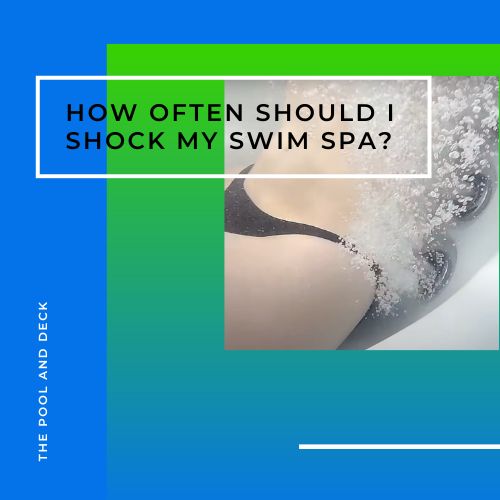
Shock is a procedure, where a high dose of chlorine is dumped into the swim spa, to rapidly kill all pathogens such as bacteria, germs and algae. The swim spa water chemistry is then adjusted to normal levels
Regular chlorination of the swim spa does keep the pathogens in check, but only within a range. With more and more use, the pathogen population in the swim spa keeps rising gradually.
Shock wipes out most of the pathogens and resets the swim spa sanitization to desired levels. Shocking a swim spa (or for that matter a swimming pool) works as follows:.
- Shock increases free chlorine level in the swim spa water, several fold.
- High chlorine level eliminates most, if not all, pathogens.
- Unfortunately, this also throws the swim spa water chemistry out of balance
- Test water chemistry and add a fresh dose of chemicals to get all parameters within prescribed range
By shocking your swim spa every week and adjusting the water chemistry, you can ensure a healthy, hygienic and disease free swim spa experience for yourself, your family and your friends.
What is Swim Spa Shock Made of?
Shock, in very simple terms, is a chemical that will release a concentrated dose of chlorine in the water. There are 4 common sources of chlorine that can be used to sanitize a swimming pool, swim spa or a hot tub. These are
Sodium Hypochlorite, (aka Liquid Chlorine) is a Sodium salt of Hypochlorous Acid. Liquid Chlorine is a 10-12.5% solution of Sodium Hypochlorite in water. Sodium Hypochlorite releases Free Chlorine (FC) when added to water.
Calcium Hypochlorite, (aka Cal Hypo) is a Calcium salt of Hypochlorous Acid. Cal Hypo, a white granular powder, typically has 65% Available Chlorine (AC).
Dichlor is short for “Dichloro-S-Triazinetrione”. It is most commonly available as a granule but can also come in tablets. Dichlor is manufactured by the chlorination of Cyanuric Acid (CYA). The chemical formula of Dichlor is (C(O)NCl)2(C(O)NH).
Trichlor is short for Trichloroisocyanuric Acid or “Trichloro-S-Triazinetrione”. Commercially it is sold as 1” or 3” tablets. Trichlor is manufactured by the chlorination of Cyanuric Acid (CYA). The chemical formula of Trichlor is (C3Cl3N3O3).
All of the above can also be used as “shock” but Cal Hypo and Dichlor are the most popular.
Swimming pool owners prefer to use Cal Hypo shock because it has a high concentration of available chlorine (AC) and does not have cyanuric acid (CYA).
However, Cal Hypo shock is not suitable for swim spas as it tends to break down at higher temperatures. Cal Hypo shock also results in calcium precipitation and deposits, which can be a problem in swim spa and hot tubs.
Dichlor shock is the most suitable for hot tubs and swim spas. Dichlor is stable even at higher temperatures.
What Are the Benefits of Swim Spa Shock?
The daily dose of spa sanitizer, that you should put in your swim spa after every use, keeps germs and bacteria in control. However, many other organics & contaminants enter and build up in your swim spa over time and continued use.
The swim spa users are actually the biggest source of the organics & contaminants.
Every person carries micro quantities of chemicals such as makeup, lotions, sunscreens, soap, detergent, etc. People also, unknowingly, leave behind hair, dead skin cells, sweat and other bodily fluids in the swim spa.
Dust, yard debris, insects and bird droppings also keep falling in the swim spa.
All this builds up and within a week your swim spa is no longer as hygienic as it needs to be. Unknown to you, your swim spa may be harboring certain bacteria, which thrive in warm water.
Some of them are:
Pseudomonas aeruginosa
If contaminated water stays on someone’s skin for a long time, it can cause a rash known as “hot tub rash” (Pseudomonas folliculitis). Hot tub rash is caused by the germ Pseudomonas aeruginosa.
CDC
Legionella
Legionella bacteria can cause a serious type of pneumonia (lung infection) called Legionnaires’ disease. Legionella bacteria can also cause a less serious illness called Pontiac fever.
CDC
Nontuberculous Mycobacteria (NTM)
Nontuberculous Mycobacteria (NTM) can cause infections in a wide variety of body sites, most commonly the lungs.
CDC
You need to shock your swim spa at least once a week to kill & get rid of the disease causing bacteria & germs.
Another reason to use a swim spa shock is to ensure your swim spa does not smell of chlorine. Guess what? The smell of chlorine is not from chlorine. It is from chloramines, which is the compound that chlorine becomes, after it is spent killing all the pathogens in your swim spa.
Swim spa shock eradicates chloramines. Your swim spa starts smelling better.
- Multi-purpose shock with four benefits in one: shock, clarifier, flocculent and pH buffer
- Restores water sparkle and removes unpleasant odors
- Treat and soak in as soon as 15 minutes*
- Compatible with chlorinated or brominated spas and those using ozone or ionization systems
Thank you very much for reading the post. I do hope you found it informative and helpful.

